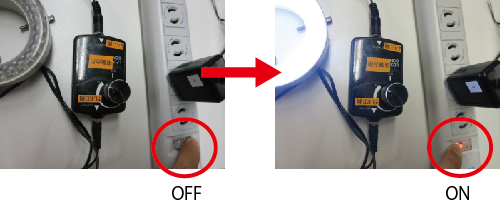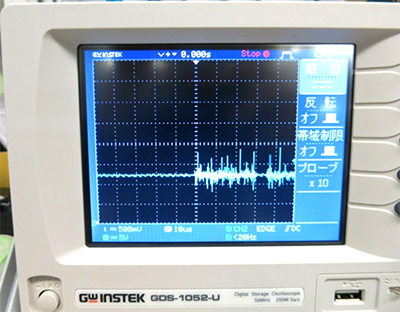As LEDs begin to age, their brightness gradually decreases.
Typically, the lifespan is defined as the time it takes for the initial brightness to decrease by half.
Of course, if parts of the circuit, such as the solder joints, are susceptible to temperature or vibration and fail, the light may suddenly stop working. However, this would be considered a malfunction rather than normal aging.
The lifespan of LED components is provided by the component manufacturers, but it is a typical value rather than a guaranteed specification (e.g., approximately 20,000 hours ~ 100,000 hours).
When used in products such as LED ring lights, various other factors come into play.
(Ambient temperature, power supply conditions, and the heat dissipation structure of the product itself,…)
Our ring lights primarily use metal housings (for heat dissipation).
Some manufacturers, however, prioritize cost and opt for plastic housings.
Additionally, the lifespan varies significantly depending on whether the device is used near its maximum rating or at approximately half of its rated capacity.
The power supply environment also affects the lifespan.
We use a volume switch to ensure that the maximum illuminance is not reached immediately upon power-on.

If the volume is set to MAX and the power is switched ON/OFF using the power switch, there may be a risk of accumulated damage to the LED.
However, since the power supply environment can vary, it cannot be said universally that this is always problematic.

The occurrence of switching surges and other issues depends on the type of load connected to the same power supply.
The following is an example of a surge applied to the LED ring light when the volume is set to MAX, and a small solenoid is connected to the same power line while switching the power ON/OFF.
 |
5V/div Measurement between the AC adapter and the controller. |



